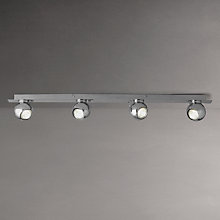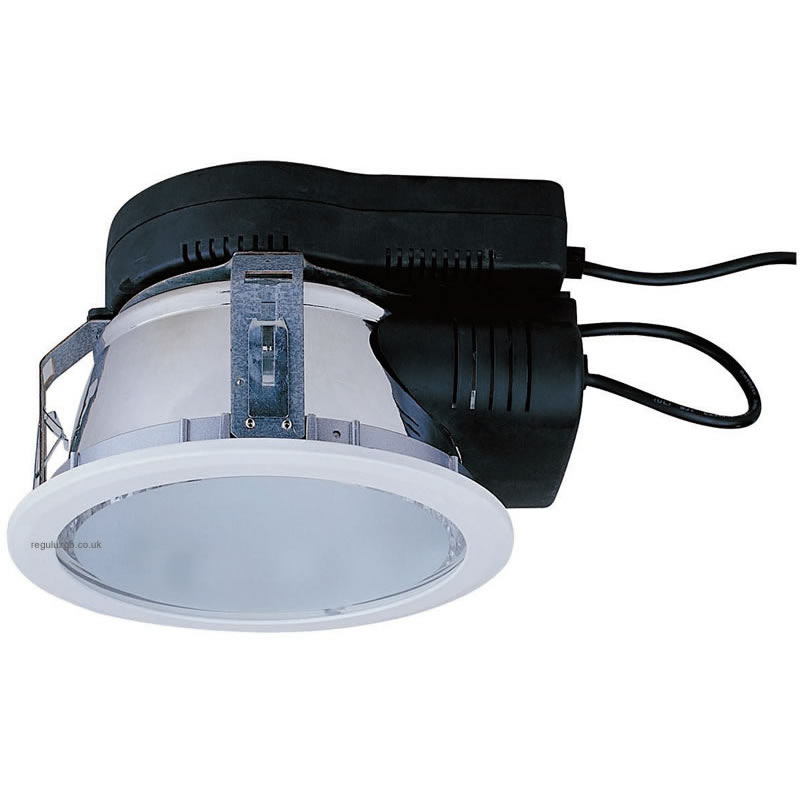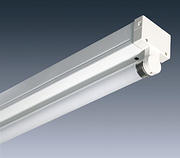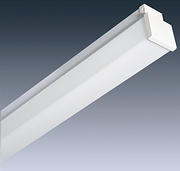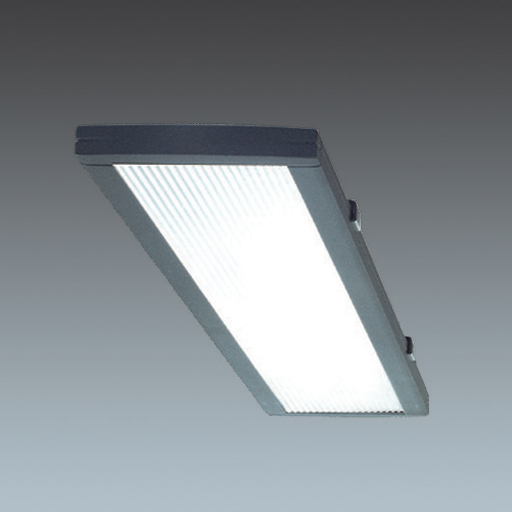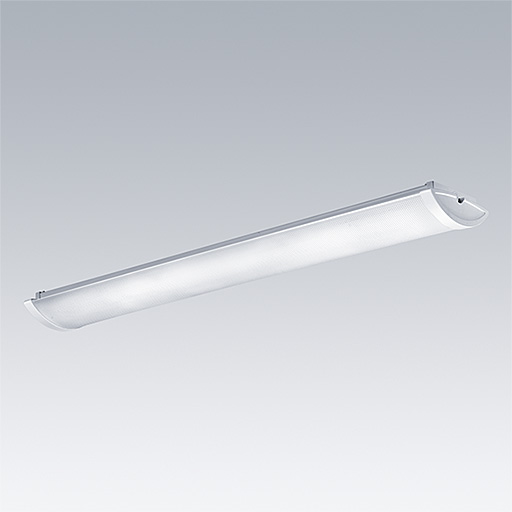If you want to light up a room you might like to consider using lights which are designed to light up rooms, not ones which are actually designed to
not do that.
Recessed lighting can be OK, but only in large sizes.
The little 2" diameter ones came out of the retail display market, where they were originally appropriated from semi-professional film projectors designed to throw a narrow beam of light onto a screen and were used to throw small pools of light onto individual items. That's why a common term for them is
spotlights?
They are actually specifically designed to
not be any good for providing general room illumination.
I often refer to them as torches, and if you look at the business end of a Maglite you'll see a marked similarity to an MR16 lamp. Fiddling with the lamp technology does nothing to address the problems of the format.
In places like kitchens, bathrooms, WCs, possibly hallways and landings where you just want unobtrusive efficient lighting that just gets on and does the job, something like this is ideal:
Or, for kitchens in particular, there's a lot to recommend good old tried and trusted fluorescent strip lights.
They don't have to look like this:
For example these:

And these are all from one maker.
[EDIT] Possibly discontinued now, but if you look at the products from commercial/architectural lighting makers you'll probably find all sorts of interesting fittings. [/EDIT]
Fluourescent lights can be dimmed. If you find one you like which isn't dimmable, look to see how easy it would be to replace the ballast with a dimmable one (which you can often find on fleaBay).
When looking for lights look at specialist lighting shops and websites - cast your net wider than the limited range of cr*p they have in the sheds. As the old saying goes, if all you have is a hammer, everything looks like a nail. And if all you do is look in DIY sheds everything that isn't hideous looks like a small downlighter.
In terms of basic technology, as well as fluorescent and LED, look into magnetic induction lamps, dielectric barrier discharge lighting (Osram have been sitting on their Planon technology for b****y years, which is a shame), and
Electron stimulated luminescence.
If you want LED, again go for larger sizes, e.g. the Thorn BaseLED.

Or as you seem happy to replace the ceiling, you could set LED panels in so that they are flush. Nowadays they come in all sorts of shapes & sizes, no longer just the standard office-suspended-ceiling-panel format.
http://images.google.com/images?q=led+panel+light


